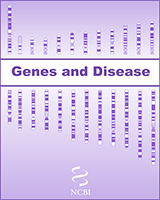NCBI Bookshelf. A service of the National Library of Medicine, National Institutes of Health.
National Center for Biotechnology Information (US). Genes and Disease [Internet]. Bethesda (MD): National Center for Biotechnology Information (US); 1998-.

The respiratory system plays a vital role in delivering oxygen to the body — fuel for all the body's functions. It also removes carbon dioxide waste, eliminates toxic waste, regulates temperature, and stabilizes blood acid-alkaline balance (pH).
The lungs are the largest part of the respiratory system and have both "respiratory" and "non-respiratory" functions. The respiratory function involves gas exchange — the transfer of oxygen from the air into the blood and the removal of carbon dioxide from the blood. Non-respiratory lung functions are mechanical, biochemical, and physiological. The lungs provide a defense against bacterial, viral and other infectious agents; remove various metabolic waste products; control the flow of water, ions, and large proteins across its cellular structures; and manufacture a variety of essential hormones and chemical agents that have important biological roles.
Respiratory diseases can arise from a number of causes, including inhalation of toxic agents, accidents, and harmful lifestyles, such as smoking. Infections, genetic factors, and anything else that affects lung development, either directly or indirectly, can cause respiratory symptoms.
- The NIH is running trials for many respiratory diseases, including cystic fibrosis and asthma.
- Respiratory Diseases - Genes and DiseaseRespiratory Diseases - Genes and Disease
Your browsing activity is empty.
Activity recording is turned off.
See more...
